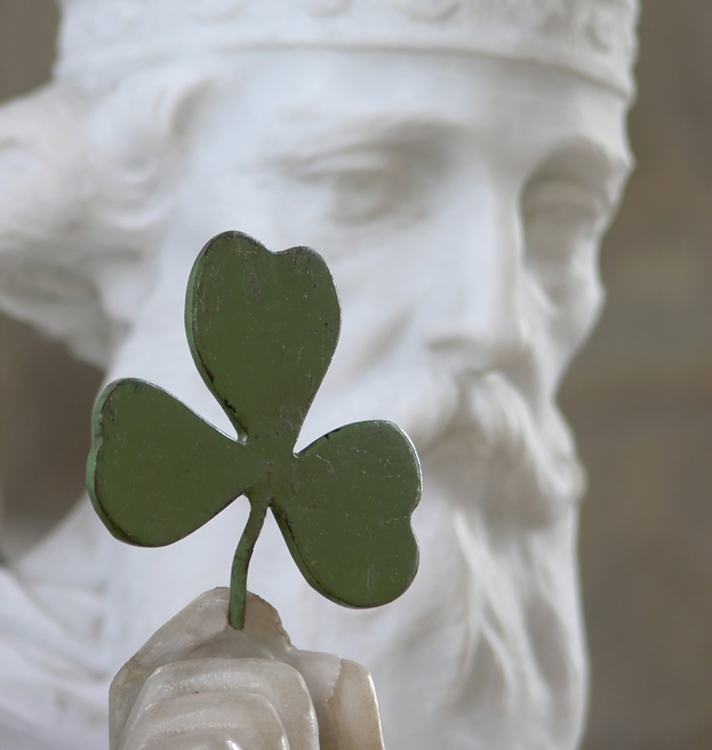Current Events Lesson Plan: March 16-22, 2017
Current Event: Saint Patrick’s Day
March 17 is Saint Patrick’s Day, the feast day and traditional death date of Saint Patrick in A.D. 461. Saint Patrick is the patron saint of Ireland, and in many places around the world, people put up green decorations and wear green clothing to honor Ireland—the Emerald Isle—and celebrate St. Patrick’s Day. Saint Patrick was a missionary to Ireland in the 400′s. He converted the Irish to Christianity. St. Patrick’s Day is a national holiday in Ireland. It also is celebrated outside of Ireland in cities with a large number of people of Irish descent. In Ireland, St. Patrick’s Day is primarily a religious holiday. People honor Saint Patrick by attending special religious services. In the United States, St. Patrick’s Day is primarily a secular (nonreligious) holiday. Many people hold parties and march in parades. The first St. Patrick’s Day celebration in what is now the United States was held in Boston, Massachusetts, in 1737. Today, more than 100 U.S. cities hold parades.

Saint Patrick is said to have used a shamrock to explain the idea of the Trinity. Credit: © Shutterstock
Objective:
Saint Patrick (389?-461) is the patron saint of Ireland. Although he was not the first Christian missionary to Ireland, Patrick was chiefly responsible for converting the Irish to Christianity. Patrick was born in Britain. When Patrick was 16 years old, pirates kidnapped him during a raid and sold him as a slave in Ireland. He served as a shepherd of an Irish chieftain in Ulster. During his captivity, Patrick took a great interest in religion and dedicated himself to prayer. After six years of slavery, he escaped and returned to Britain. As a result of his experiences in Ireland, Patrick became consumed with the idea of converting the Irish to Christianity. Patrick began his work in northern and western Ireland, where Christianity had never been preached. Winning the trust and friendship of several tribal leaders, Patrick made many converts. He is considered to have established more than 300 churches. Patrick succeeded in his mission in Ireland despite the opposition of many British clergy to his method of organizing his churches. Patrick spent the rest of his life preaching and ministering throughout Ireland. The Behind the Headlines news story and related World Book articles explore Saint Patrick and other famous saints.
Words to know:
Discussion Topics:
1. Ask your students what they know about Ireland. (Students might say that Ireland is a small country in northwestern Europe; Dublin is Ireland’s capital and largest city; the country has two official languages, Irish and English; the majority of the Irish people are Roman Catholics; in the 1840’s, many Irish people died during the Great Irish Famine.)
2. Saint Patrick’s Day is a national holiday in Ireland. Ask your students, “If you could choose anyone from your country to be honored with a national holiday, who would it be?”
3. Ask your students to use World Book’s Timelines feature to view or add to the Ireland: 400 BC to AD 1200, Ireland: 1400’s to 1700, or Ireland: 1700’s to Present timeline. (Students may wish to use World Book’s “History of Ireland” article for help.)


